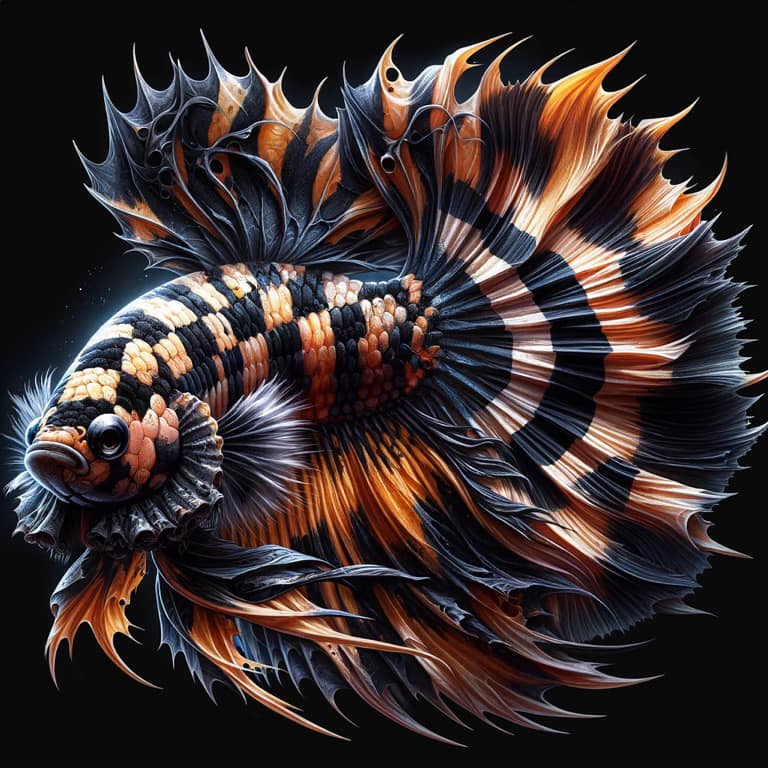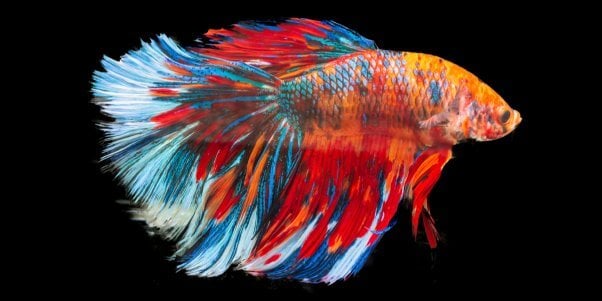Betta Fish Treatment: Crucial Tips for a Healthy And Balanced and Happy Animal
Reproducing Betta Fish: a Comprehensive Step-By-Step Overview to Efficiently Raising Baby Bettas From Eggs to The Adult Years
Breeding Betta fish is a precise endeavor that needs cautious planning and implementation to guarantee the effective advancement of fry from eggs to mature fish. Selecting genetically varied reproduction couple with desirable qualities is just the start; developing an optimal atmosphere and recognizing the complexities of the reproducing procedure are just as essential. As the male Betta faithfully constructs a bubble nest and guards the precious eggs, the subsequent stages of treatment and transition need focus to information and knowledge of finest methods. Just how does one navigate the tough yet rewarding path of nurturing these lively animals to the adult years?
:strip_icc()/siamese-fighting-fish-bettas-1378308-hero-f459084da1414308accde7e21001906c.jpg)
Picking Reproduction Pairs
When beginning on the journey of reproducing Betta fish, choosing the best breeding pairs is critical to attaining desirable traits and a healthy and balanced lineage - betta fish. The initial step in this process is to identify the details qualities you wish to boost or preserve, such as shade, fin type, and physique. It is crucial to select genetically varied pairs to stay clear of inbreeding, which can cause health problems and undesirable features
Evaluate prospective reproducing prospects meticulously. A healthy male Betta ought to exhibit vibrant shades, an active behavior, and well-formed fins, while the lady ought to also present dynamic coloration and a rounded stomach, indicating readiness for spawning. Observing the temperament of both fish is crucial, as hostile or overly timid people may not breed efficiently.
Paperwork of family tree is equally essential. Maintaining documents of the parent fish's ancestry can assist you track genetic characteristics and possible issues. Additionally, get in touch with credible dog breeders or online resources for advice on choosing suitable pairs. Eventually, spending time in the option process will considerably improve the chance of producing solid, dynamic offspring that satisfy your reproduction objectives (betta fish).

Preparing the Breeding Container
Developing an ideal breeding setting is an essential action after selecting suitable sets for Betta fish. The breeding container must be specifically made to supply comfort and stimulate the all-natural breeding actions of the fish. Start with a tank dimension of a minimum of 10 gallons to make sure sufficient area for both the male and female Bettas.
Keep a mild filtering system to maintain the water clean while staying clear of strong currents that can emphasize the fish. Additionally, an air rock can be added to supply oxygenation without interrupting the water surface way too much.
Temperature law is critical; goal for a secure variety of 78-82 ° F(25-28 ° C) making use of a trustworthy heater. The pH degree need to be preserved in between 6.5 and 7.5, and regular water modifications are needed to make sure high water quality.
Integrate floating plants or generating sponges to create hiding areas for the female, while likewise motivating bubble nest structure by the male - betta fish. Guarantee the storage tank is complimentary from sharp decors and any kind of potential dangers, as the well-being of the fish ought to always be focused on during this important stage of reproduction.
The Reproduction Process
Normally, the reproducing procedure for Betta fish involves a collection of unique and visible actions that show preparedness for recreation. The male Betta starts by constructing a bubble nest at the water's surface area, which functions as a website for the fed eggs. This nest is critical, as it gives a risk-free setting for the eggs up until they hatch out.
When this website the nest is developed, the male will display courtship behaviors, such as flaring his fins and exhibiting vibrant shades to bring in the female. The female, upon picking up the man's preparedness, will respond by displaying upright red stripes along her body, indicating her receptiveness.
When the women techniques, the male engages in a mating dancing, often bring about a welcome called the "spawning." Throughout this accept, the woman releases her eggs, which the male feeds immediately. The fed eggs then fall to the bubble nest, where the male carefully collects and returns them to the nest. Following this, the male thinks obligation for protecting the nest and ensuring the safety and security of the eggs till they hatch, typically within 24-36 hours. This phase is essential in the breeding process, laying the structure for successful fry growth.
Caring for Betta Fry
Caring for see here Betta fry calls for careful attention to their setting and nutrition to make sure healthy and balanced growth and development. After hatching out, Betta fry are extremely small and prone, demanding a secure and clean habitat.
Feeding Betta fry is similarly vital. Originally, they should be provided infusoria or finely crushed high-grade fry food, as their mouths are too small to deal with larger bits. As they grow, you can gradually introduce larger foods, such as baby brine shrimp or powdered flakes, to ensure they get ample nourishment. Feed them tiny quantities numerous times a day, bewaring not to overfeed, which can bring about water top quality concerns.
Transitioning to Adult Bettas
As Betta fry mature, transitioning them to adult Bettas is a critical stage that needs cautious management of their environment and social communications. This procedure usually begins when the fry get to around 6 weeks of age, whereupon they can be progressively presented to a much more structured living atmosphere.
To promote this transition, it is vital to ensure that the water criteria-- such as temperature, pH, and ammonia levels-- are optimal and stable. Grown-up Betta fish flourish in cozy water (around 78-80 ° F) with a pH of 6.5 to 7.5. Slowly adjust the fry to these conditions to reduce anxiety.
Social interactions are one more vital element; man Bettas are notoriously territorial and aggressive. Therefore, it is suggested to separate men into individual tanks as they develop. Women Bettas can be housed with each other, but treatment should be required to monitor for indications of aggressiveness.
Additionally, dietary modifications need to be made as the fry grow. Integrate top quality pellets and live foods to sustain their development and wellness. By managing these elements successfully, you can advertise a successful transition to the adult years for your Betta fish.

Conclusion
Effective reproduction of Betta fish needs cautious attention to detail throughout the entire procedure, from picking genetically varied pairs to giving ideal care for fry. By guaranteeing suitable reproduction problems and preserving water quality, the probability of healthy offspring increases significantly. In visit their website addition, a well balanced diet plan and progressive adaptation to grown-up atmospheres are important for the growth and growth of Betta fish. Adhering to these steps faithfully promotes a growing population of Betta fish, enhancing both their health and wellness and vitality.